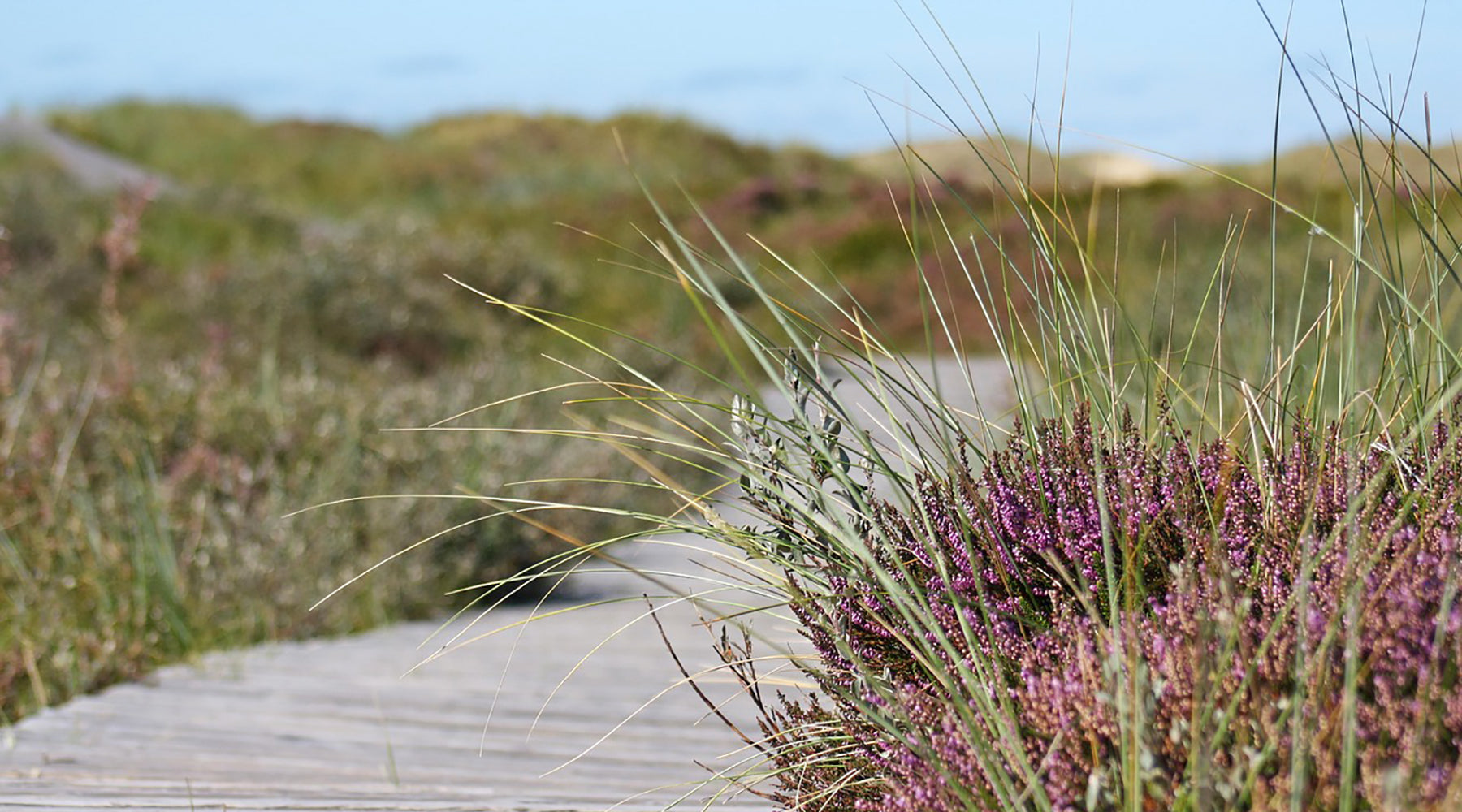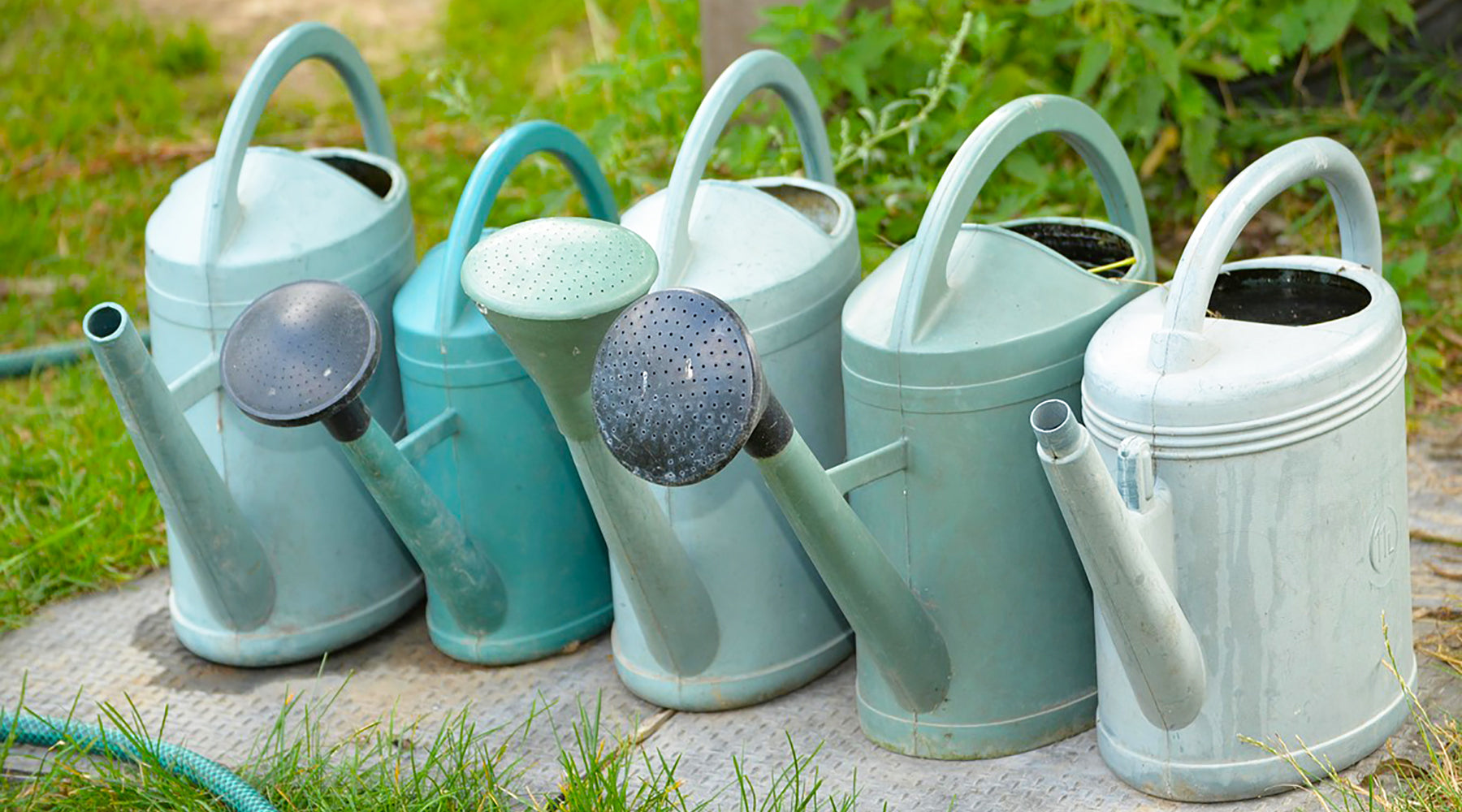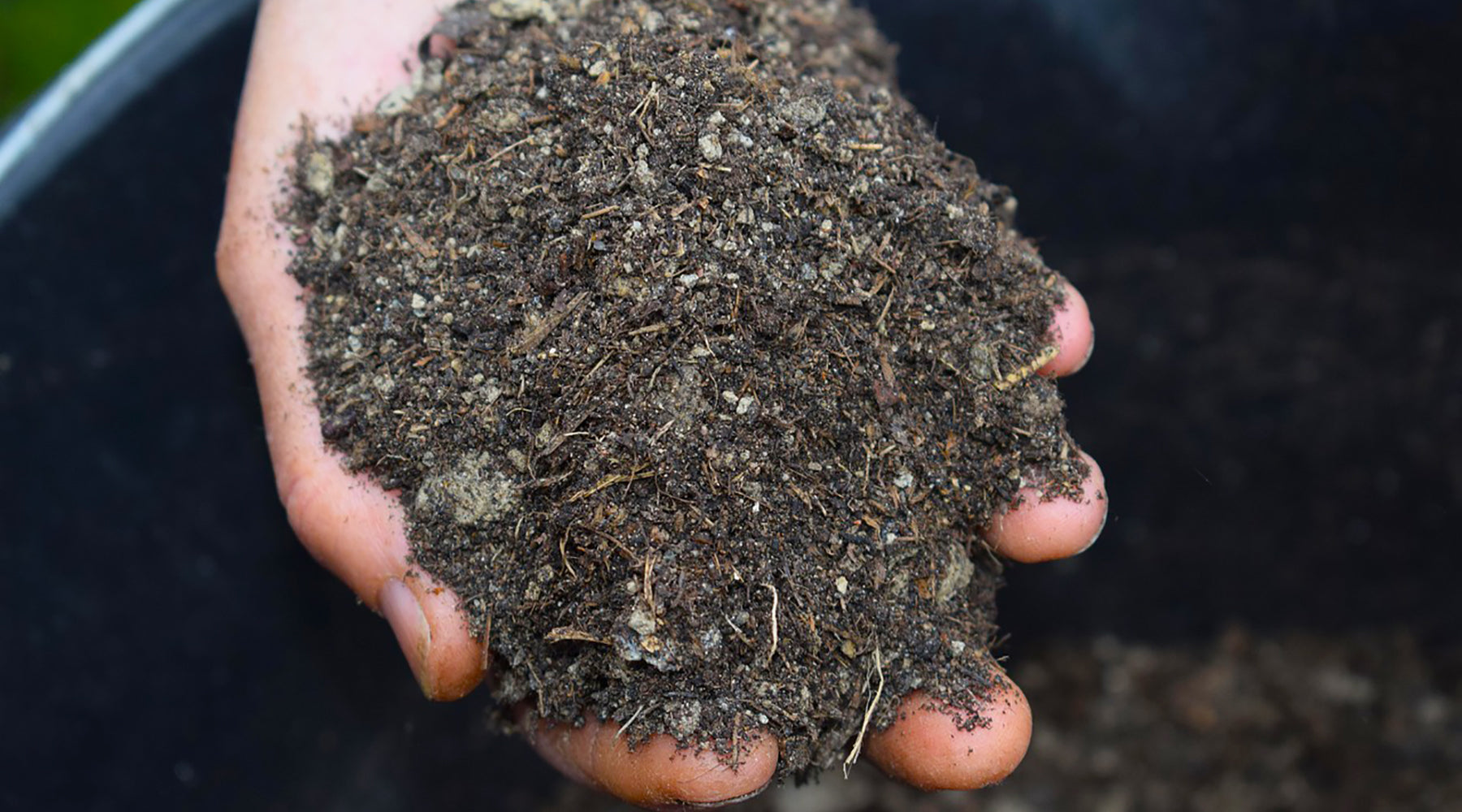
How to plan a drought tolerant garden
It has been a particularly dry spring and summer this year. Wherever we garden, no just here in the south of England, we are facing the fact that our climate is changing. Our winters have become wetter (and windier) while our summers have got warmer and are often lasting longer. If we want to continue to enjoy lovely gardens, it makes good sense to revisit our choices and adopt habits that will stand us in better stead. Here are our top tips.
Different plants…
Many of our garden favourites are fairly drought-tolerant already (lavenders, Agastache and Salvia to name just three) so we’re not necessarily advocating a total garden revamp. However, we can make better choices when it comes to bringing in new plants if we think about how different areas of our own gardens are affected. For example, we hear a lot about Mediterranean plants and it’s true that they should be able to cope with hot, dry summers.
However, many Mediterranean plants won’t like prolonged cold or wet, so they’d need to be planted somewhere that shelters them from the worst of the winter. On the other hand, Alpine plants can often tolerate sub-zero temperatures in winter and constant sunshine in summer, so an Alpine might suit a more exposed but free-draining area of your garden. It was pioneering plants woman Beth Chatto, known for her dry gardens, who famously said “right plant, right place” and she was not wrong!

…Planted well
Choosing plants that are smaller and allowing them to grow will give them time to adapt to conditions in your garden. Planting them carefully will also give them the best start: soak a new pot in a bucket of water until it stops sending up air bubbles before you plant it, then drench it afterwards to water it in well. Don’t apply too much fertiliser or feed, as over-lush growth can be more susceptible to extremes of weather. Apply a mulch, not too close to the stem, to retain moisture and reduce weeds.
Reconsider your layout
Reflect on how you use your outside space and whether rearranging things could be better for you and for your plants. For example, do you have a patch of lawn that is almost always in the shade so isn’t thriving? Could you move things around so that plants which don’t like full sun take that spot instead? And do you even need a lawn? Gravel gardens, wood chippings or even a carpet of sedums could do the job instead (although we grant you that football and cricket pitches probably still need to be grass!). Even if your garden is fully south-facing, different pockets of it will get different depths of shade, rainfall or shelter from the wind, so learn to use these microclimates to maximum advantage.
Cultivate your soil
Any opportunity to dig in, and dig deeply, quantities of organic matter will help improve the structure of your soil and help it retain water, serving your plants better. Homemade, well-rotted garden compost, mushroom compost, well-rotted farmyard manure, shredded bark or leaf mould can all be great additions to your soil. (Read about how to make your own compost or mulch here).
We think a weed is simply a plant in the wrong place, so, if you love that colourful patch of dandelions, covered in insects, they’re not weeds. Many plants which might be considered weeds are, by definition, hardy (and sometimes invasive) so could it be time to tactically reclassify them as wildflowers? If a plant is in the wrong place, whether weed or not, dig it up; it will be taking moisture and nutrients from the plants that you do want there (and you may well be able to find a more suitable home for it).

And if you can’t give up your pots…
Pots and containers are notoriously thirsty so dry gardening usually prefers to plant direct into the soil. However, a well-placed pot can provide a great focal point and be an opportunity to bring in seasonal displays so we think there may still be places for them. Going for larger pots will mean they should dry out less quickly (like you needed that excuse!).
Choose glazed or metal pots – non-porous materials – to reduce evaporation. If you do use terracotta pots, think about painting the inside with a waterproof paint to help stop the pot leaching water from the soil within it. Always ensure your pots have at least one drainage hole but you can place a small saucer or dish in the bottom, raised on a layer of gravel, to create a sump to retain just some water. And use plenty of organic matter or a purpose-mixed compost for containers, to help retain moisture for longer.
(Read about choosing the right pot for your garden here.)



Leave a comment
This site is protected by hCaptcha and the hCaptcha Privacy Policy and Terms of Service apply.